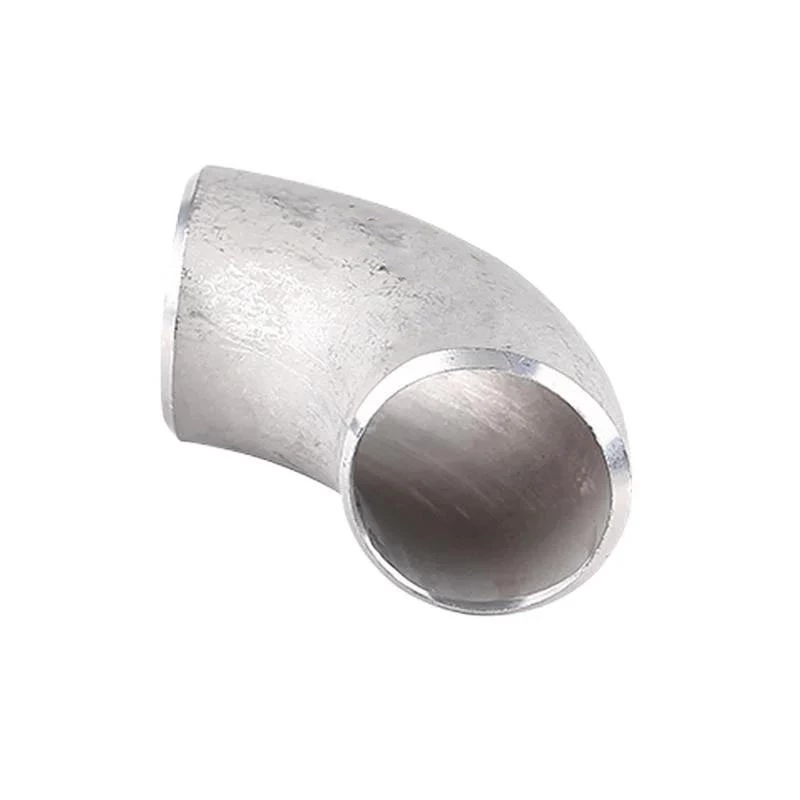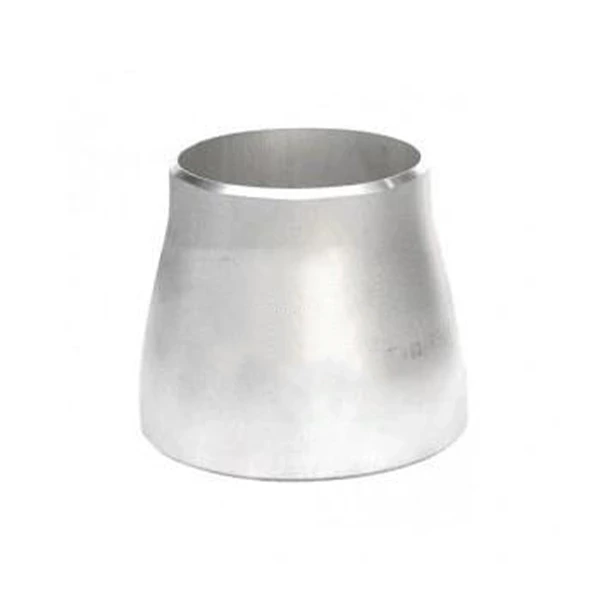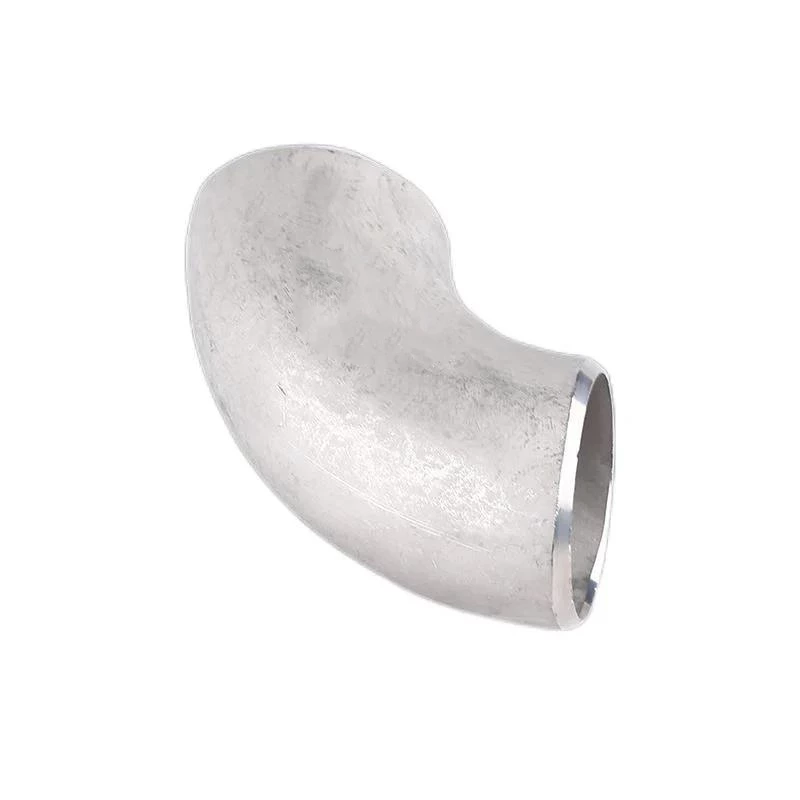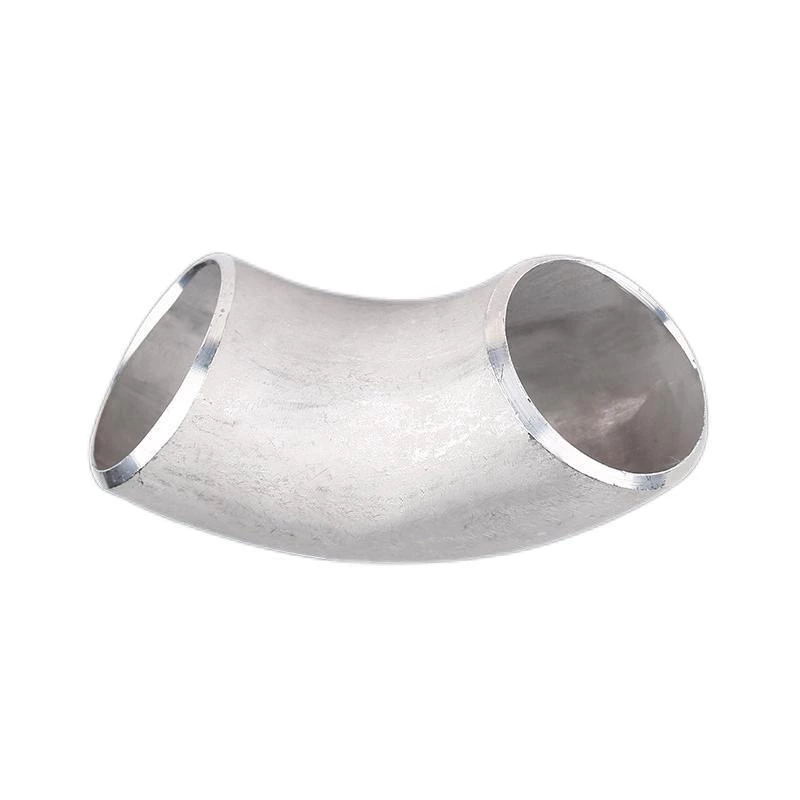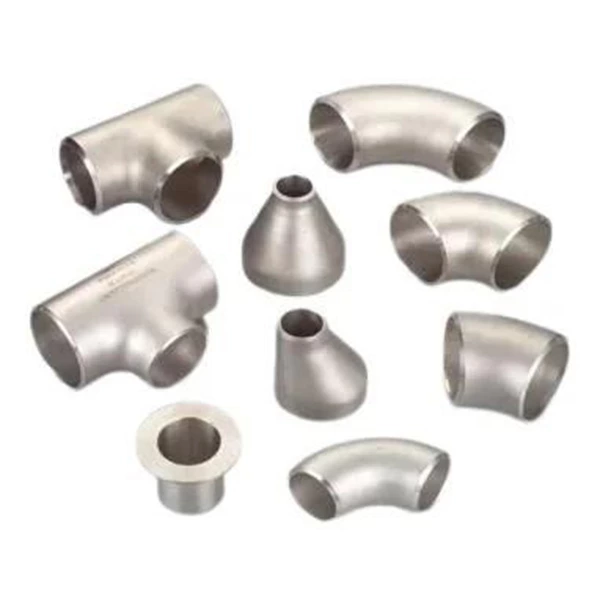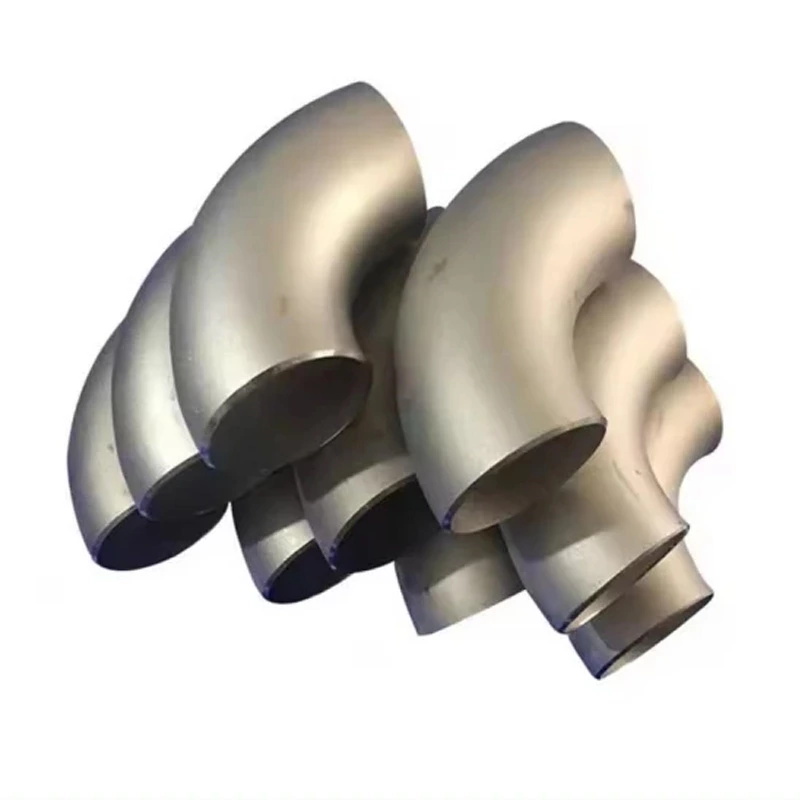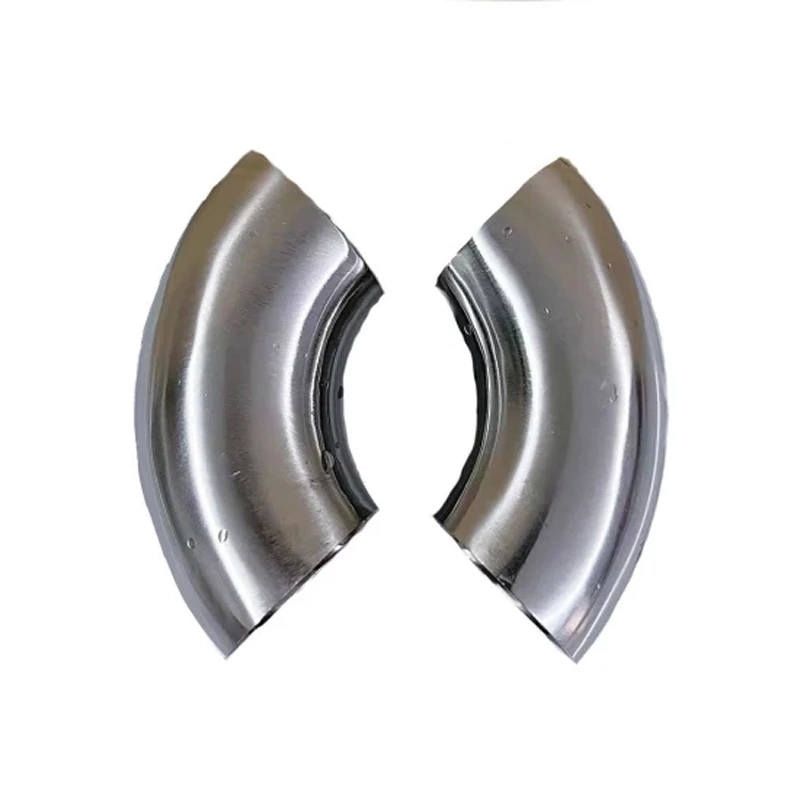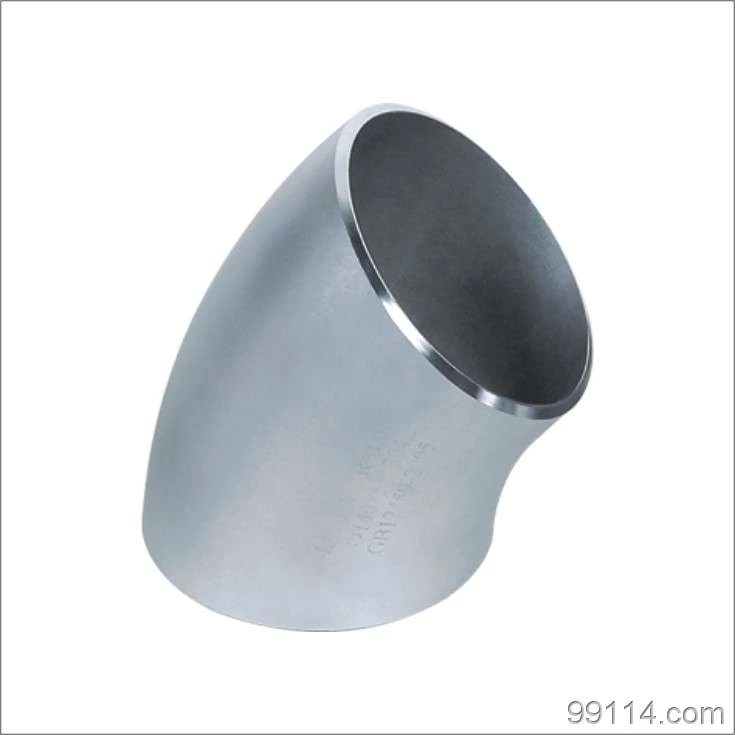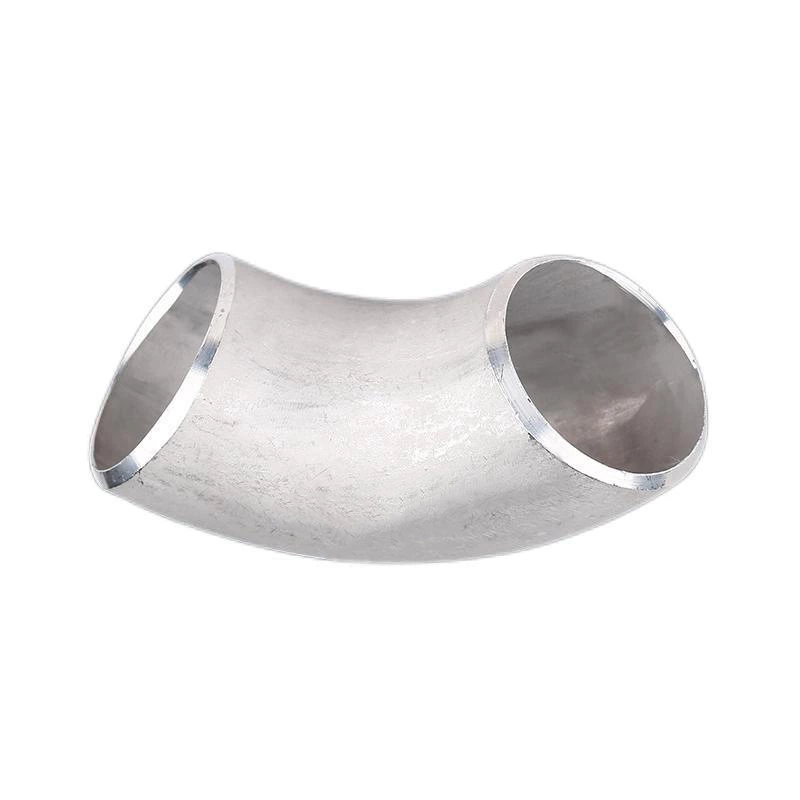Aging Treatment And Technology Of Stainless Steel Hot Pressed Pipe Fittings
Stainless Steel Weld Elbow, it is made by stamping with a special mold after heating the material, and has a small diameter; the welded elbow is called "shrimp bend", which can be welded after cutting on the pipe or steel plate, and its specifications can be very large. The number of sections and the bending radius of the bend are freely determined by the manufacturer. The stamping bend has good smoothness, while the welding bend is not very smooth. The bending radius of both is not large, generally about 1 times the diameter of the pipe, and the bending radius of the annealing bend is about 8 times the diameter of the pipe, and its smoothness is the same as the stamping bend.
Aging treatment of stainless steel hot-pressed pipe fittings: In order to remove the changes in size and shape of precision measuring tools or molds and parts during long-term use, the workpiece is often reheated to 100-150℃ before finishing after low-temperature tempering (low-temperature tempering temperature 150-250℃) and kept for 5-20 hours. This treatment to stabilize the quality of precision parts is called aging. It is particularly important to perform aging treatment on steel components under low temperature or dynamic load conditions to remove residual stress and stabilize the hot-pressed elbow structure and size.
Stamping elbow forming is an early forming process for mass production of elbows. At present, in the production of commonly used seamless elbows, it has been replaced by hot pushing or other forming processes, but in some specifications of elbows, the production volume is small, the wall thickness is too thick, or the product has special requirements. The forming of the stamped elbow uses a tube blank with the same outer diameter as the elbow, which is directly pressed into the mold.
Before stamping, place the tube blank on the lower die, load the inner core and end die into the tube blank, and the upper die moves downward to start pressing, forming a punched elbow under the constraints of the outer die and end die. Support of the inner die.
